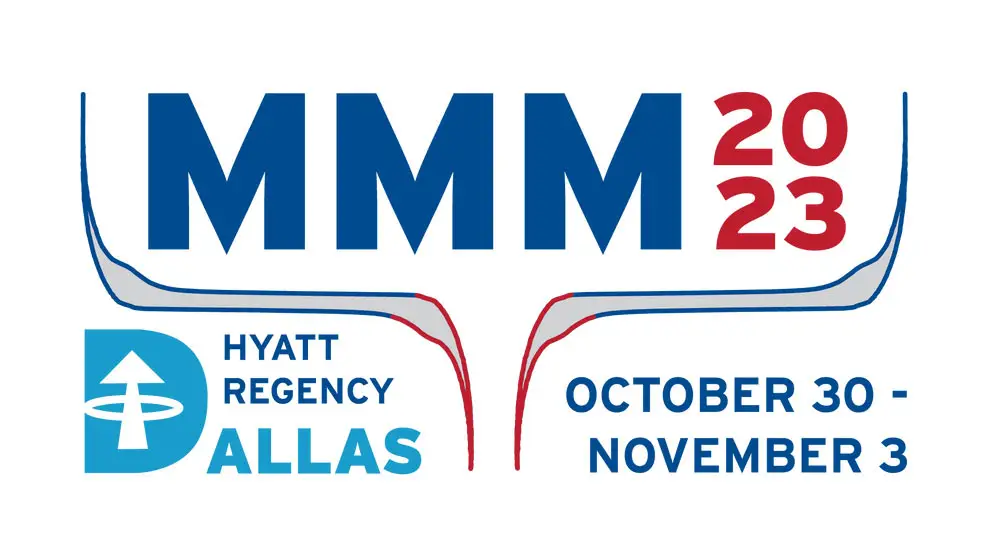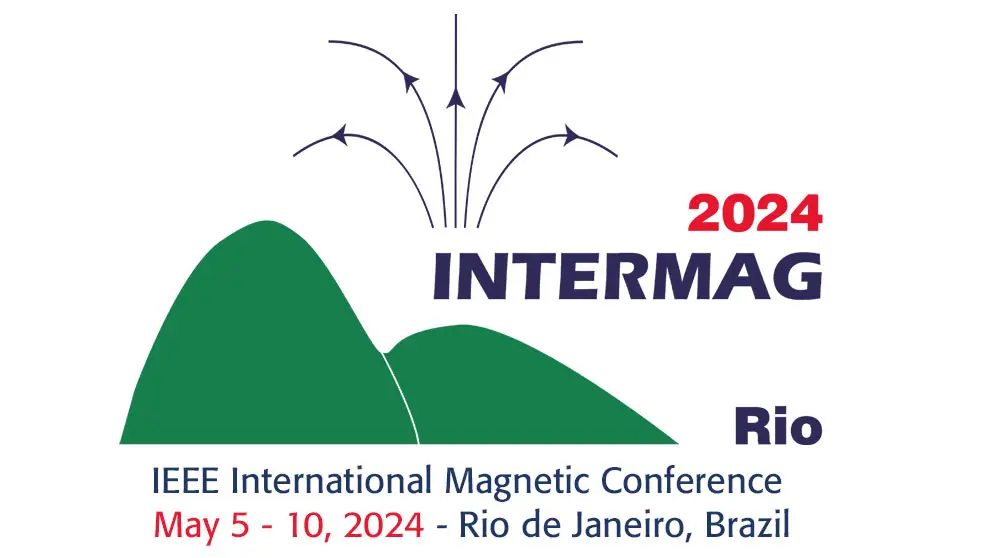VP11-10: Optical and Magneto-optical Properties of Pulsed Laser Deposited Thulium Iron Garnet Thin Films
Apoorva Sharma, Oana T. Ciubotariu, Patrick Matthes, Shun Okano, Vitaly Zviagin, Jana Kalbáčová, Sibylle Gemming, Cameliu Himcinschi, Marius Grundmann, Dietrich R. T. Zahn, Manfred Albrecht, Georgeta Salvan
Poster Virtual Only
01 Nov 2023
Garnets are complex orthosilicate minerals that have been used for several centuries as semi-precious gemstones. Among the vast family of garnets, magnetic garnets are of special interest due to their unique properties, such as ferromagnetic insulators [1], ultra-low magnetization damping [2], and high magneto-optical response [3], as well as strong and tunable magnetic anisotropy [4]. This work presents a combined optical and magneto-optical spectroscopic study of Tm3Fe5O12 (TmIG) films on substituted gadolinium gallium garnet (sGGG) substrates, with a detailed analysis of the thickness-dependent properties. Spectroscopic ellipsometry, magneto-optical Kerr effect spectroscopy, and Raman spectroscopy results are presented for TmIG films with a thickness in the range from 20 nm to 300 nm grown on sGGG by pulsed laser deposition. The complex dielectric functions of TmIG and sGGG are determined for the first time. The magneto-optical Kerr effect (MOKE) spectra of the measured sample in the photon energy range from 1.5 eV to 5.0 eV clearly demonstrate the influence of strain in the thin films, which is induced by the lattice mismatch between the TmIG film and the sGGG substrate. The spectra reveal magneto-optical transitions between 2.5 eV and 3.5 eV which are marker spectral features for the stress in the thin films showing a blue shift with increasing film thickness. The corresponding magnetic hysteresis loops recorded using MOKE show an out-of-plane magnetic anisotropy for 50 nm and 70 nm thick films, while the 200 nm and 300 nm thick films exhibit an in-plane anisotropy. The increase in the coercive field with decreasing TmIG film thickness was associated with the stress-induced magnetoelastic anisotropy competing and eventually overcoming the shape anisotropy. In addition, spin-polarized density functional band structure calculations were performed to quantify the epitaxy-induced strain.References: [1] N. Thiery et al., Phys Rev B 97, 1 (2018). [2] C. N. T. Wu et al., Sci Rep 8, 1 (2018). [3] M. Gomi et al., Jpn J Appl Phys 27, L1536 (1988). [4] S. Mokarian Zanjani et al. J Magn Magn Mater 499, 166108 (2020).


